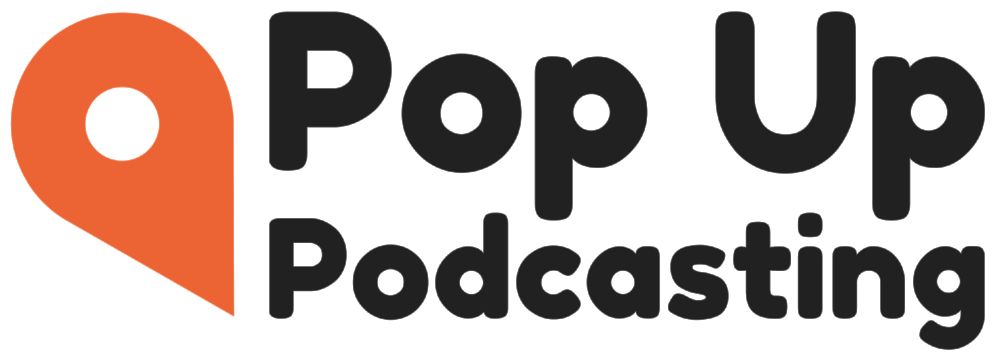How Will You Connect With Podcast Guests?
Excerpt from: Podcasting at Work: 25 Questions to Ask Before Starting
It isn’t always possible to get everyone together in a room or studio, so you’ll want to consider how to connect with remote guests.
We typically use Zoom, Riverside, or the phone to connect with remote guests. Each has its advantages and disadvantages though - so choose carefully.
We evaluate ways of connecting with remote guests based on three things:
1. Sound and Picture Quality
In our experience, more than any other factor, sound and video quality correlate first with recording technique (how you’re using the gear), and second with the actual camera and microphone being used. For this reason, you can significantly improve remote guests’ recordings using a few simple techniques to help them look and sound their best.
Once you have the right equipment, and you’re using the right technique, we can turn to the quality of our remote connection method.
The clear winner here is a service we use called Riverside. Recordings are of the best possible quality because they’re captured offline on both the host and guest’s computers. This means any internet-related hiccups you may hear on a typical Zoom call are eliminated. Riverside’s video quality is vastly superior to Zoom as well.
The next option in terms of quality is Zoom - especially when recording each speaker on an individual track, the way we do. Recording on individual tracks is essential for high quality recordings. When done correctly, we get each speaker on their own “layer” - so if your dog barks during my heartfelt story it can be fixed in post.
The bottom of the quality barrel is the phone. We reserve this for situations when nothing else is working. Fortunately you can connect using Riverside or Zoom from a mobile app, so there’s typically no reason to use the actual phone - as long as data is available.
2. Ease of Use
We want our guests to look and sound great, but not at the cost of starting an interview after 30 minutes of technical issues. So it’s important to balance quality with ease of use.
This is why despite Riverside edging out Zoom in terms of absolute quality, it’s still typically our go-to pick for remote recording. Just about everyone knows and uses Zoom - and while Riverside isn’t much more complex - nothing beats the familiarity of Zoom.
3. Reliability
Here again, Zoom edges out Riverside, but just. Both are reliable recording methods, but Zoom’s ubiquity means fewer possible issues with corporate firewalls, old laptops etc…


